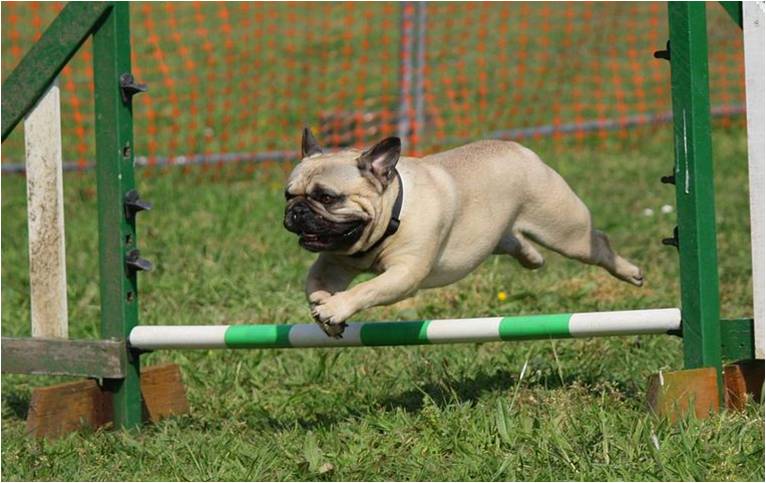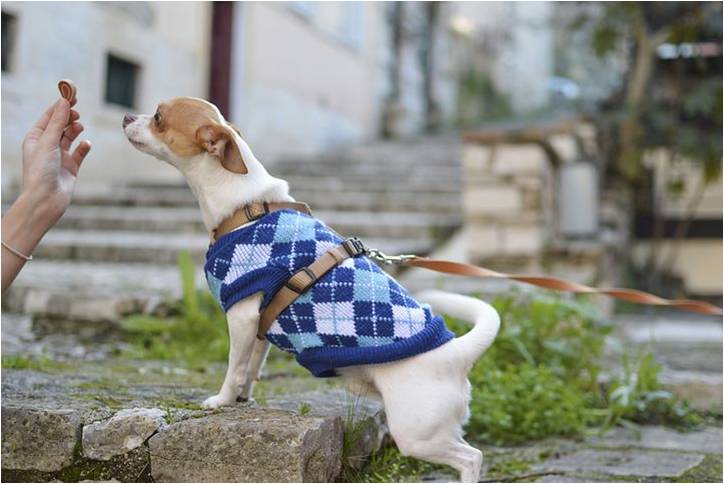Training your dog can be hard, but it’s necessary. Teaching your pet how to behave is essential for a happy household.
You can train them by yourself, watching YouTube videos, or in a training park. After you’ve taken all the necessary precautions, it’s time to get started with the tips for improving your training.
Take Precautions
Going to a training park can be overwhelming for some pets, and they can become aggressive or scared. There’s nothing scarier than an upset dog, and you should be aware of every move they make.
Accidents can happen during a tense moment, so you must know your rights if you get a bite – research information before going to these parks and read some features that dog-bite lawyers can offer just in case.
Exaggerate Your Body Language
Dogs learn a lot quicker with exaggerated body language. At first, it can feel like your movements are too harsh. But they understand these movements quickly, making it easier to know that you’re trying to make them do something with that specific move.

Don’t Expect Unrealistic Results
Training can take several years to achieve, so you have to be very patient. Give your dog your undivided attention and dedicate at least an hour a day for a year. Slower training can lead to faster results.
Teach some rough drafts of the behavior you want to accomplish, and then concentrate on polishing that behavior over the course of a few months.
Best After Exercise
This tip works best if you have a high-energy pet. In order to have a good training session, you must get rid of that excess energy. If you don’t exercise first, your dog may feel like the training is too dull, and it can get frustrated or just lose interest.

Understand Your Dog’s Personality
All dogs are different, so you have to learn about and understand your pet’s personality. Maybe your dog is very energetic and loves training, so everything runs smoother. But, perhaps your dog likes to rest and relax a lot, so training may feel like a lost battle. By knowing how your dog behaves, you can adjust the exercises to their mood.
Heel While Walking
Having your pet next to you while taking a walk is vital in training them. When you use an extending leash and go on walks, they may think that they’re leading the walk and you might start experiencing some behavioral issues.
Getting a short leash and controlling their walking speed is an important point. This will give you more control, and the dog will understand that you’re leading the walk, not them.
Treats
Compensating your pet is a must-do in every training session. This can help with dogs that get easily distracted. For example, if it loses interest in the training session, you can always give them a treat every time they do something good. This gives them satisfaction, and they understand that when they do something correctly, they’ll get compensation.

Be Consistent
Establishing a training routine is key to accomplish better results. Don’t think that because you had a good session, you’re done with that exercise. Training is not a linear task. Some days are better than others. Find a good routine, and stick to it daily.
Final Thoughts
Training a pet is time-consuming and can be a tough task depending on your dog, but you can learn some tips and tricks that will help you feel better about your sessions.
Don’t get frustrated, take a deep breath, and understand that your pet needs time to internalize all the new things you’re teaching them.
Always be careful if there are other dogs around, and make sure that you know you’re rights in case an accident occurs.
